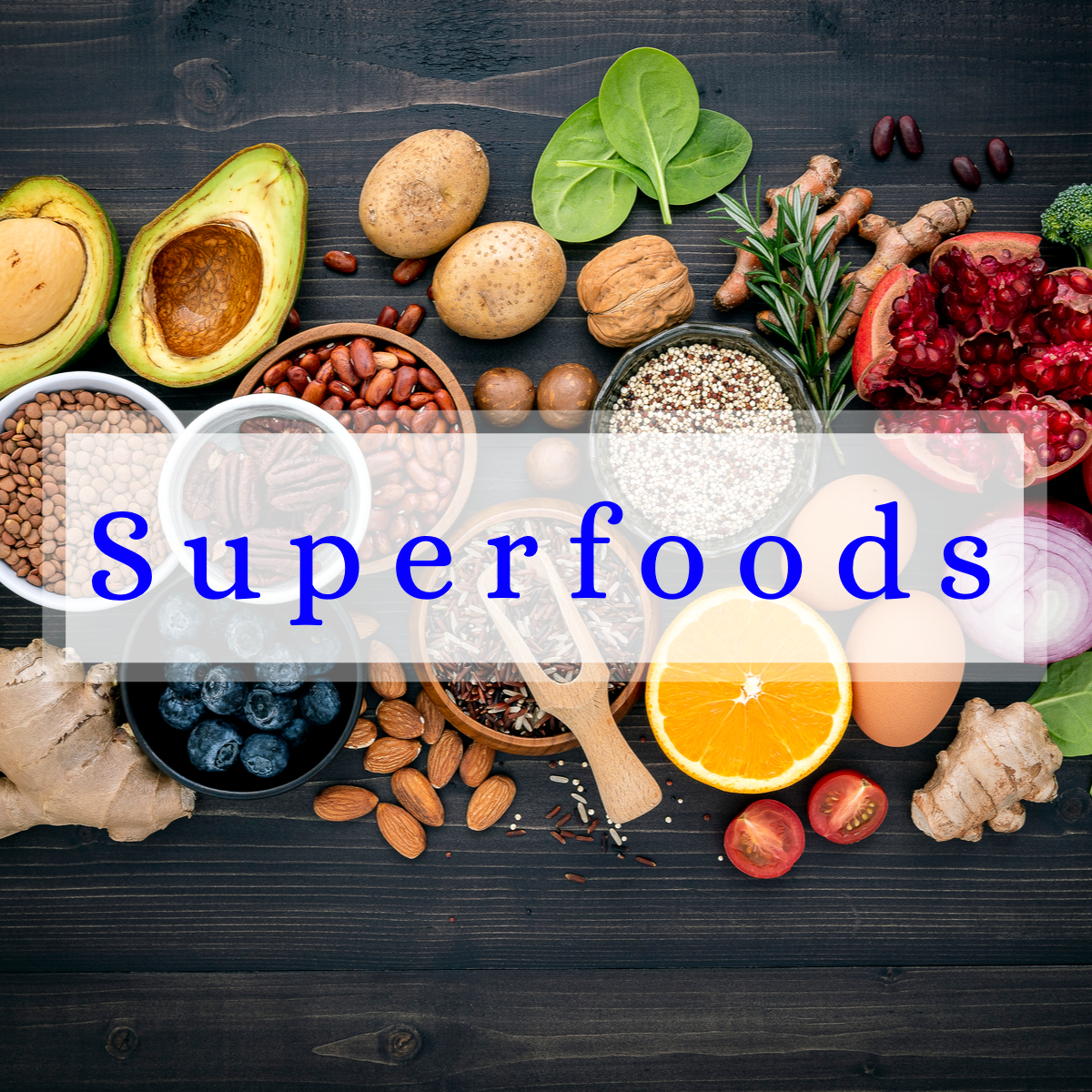
I started a superfood challenge this month as part of my “get unstuck and stop languishing” mission. I’m feeling good, getting in yoga after a multi-year break, and eating more veggies than I have in many moons. While I know what’s on the list of superfoods, I only started asking WHY are they superfoods?
I thought as I unpack it, I might as well share my research with anyone else who is interested.
If I do a simple “superfoods” google search the answer to my query is the very generic statement “a superfood is a food that is rich in compounds considered beneficial to a person’s health“.
That sound pretty good, right? There are nuances to how different groups define them and what each organization is peddling.
Mind you, I don’t mean “peddling” to mean I think the goals are bad,
only that everyone has an angle or outcome, even if it’s a good one.
Some organizations will focus on anti-cancer, nutrient density, carbohydrate profile, or general health. The “ranking” of superfoods then depends on what you are trying to get out of it. My interest is general health so I looked for any research which took a broad perspective on food value.
Origin of The Term Superfood
According to the folks at Harvard, the elevation of food to super star status began in the early 20th century around World War I as a marketing effort to promote bananas. Apparently consumers prefer to consume food that is touted to have “medicinal” benefits.
Again, to be clear, we are what we eat and certainly diet plays a big part in our overall health. I am a big fan of healthy, organic, local, seasonal, beneficial foods. I simply find this origin story fascinating.
To credit the researchers at Harvard, they recommend a balanced diet in the form of a healthy plate (portions).
What’s So Super?
I’m sure it’s no surprise that many of us do not eat as much healthy food as we could. We tend to eat over-processed food filled with chemicals and preservatives. I’m not telling you how to eat – and certainly the aforementioned food is designed to taste good and be addictive – and it is! It is a superstar at doing its job. However, as our diets changed, so did our health so think of “superfoods” as really a reminder that fresh food has a lot of super qualities that we used to get simply because that’s all there was. If your only option is to eat healthy, it becomes a lot easier, amiright?
Super foods have a broad range of benefits which can include antioxidants (these can ward of cancer in our bodies), healthy fats (we need fat but not ones that block arteries), phytochemicals (the green stuff that makes stuff grow and brings us plant nutrients), fiber (to help regulate our digestive system), vitamins, and minerals.
The Superfood Heavy Hitters
I’l start with the more familiar ones and why they are “super” but I’ll do my best to include a few esoteric ones that come up from time to time.
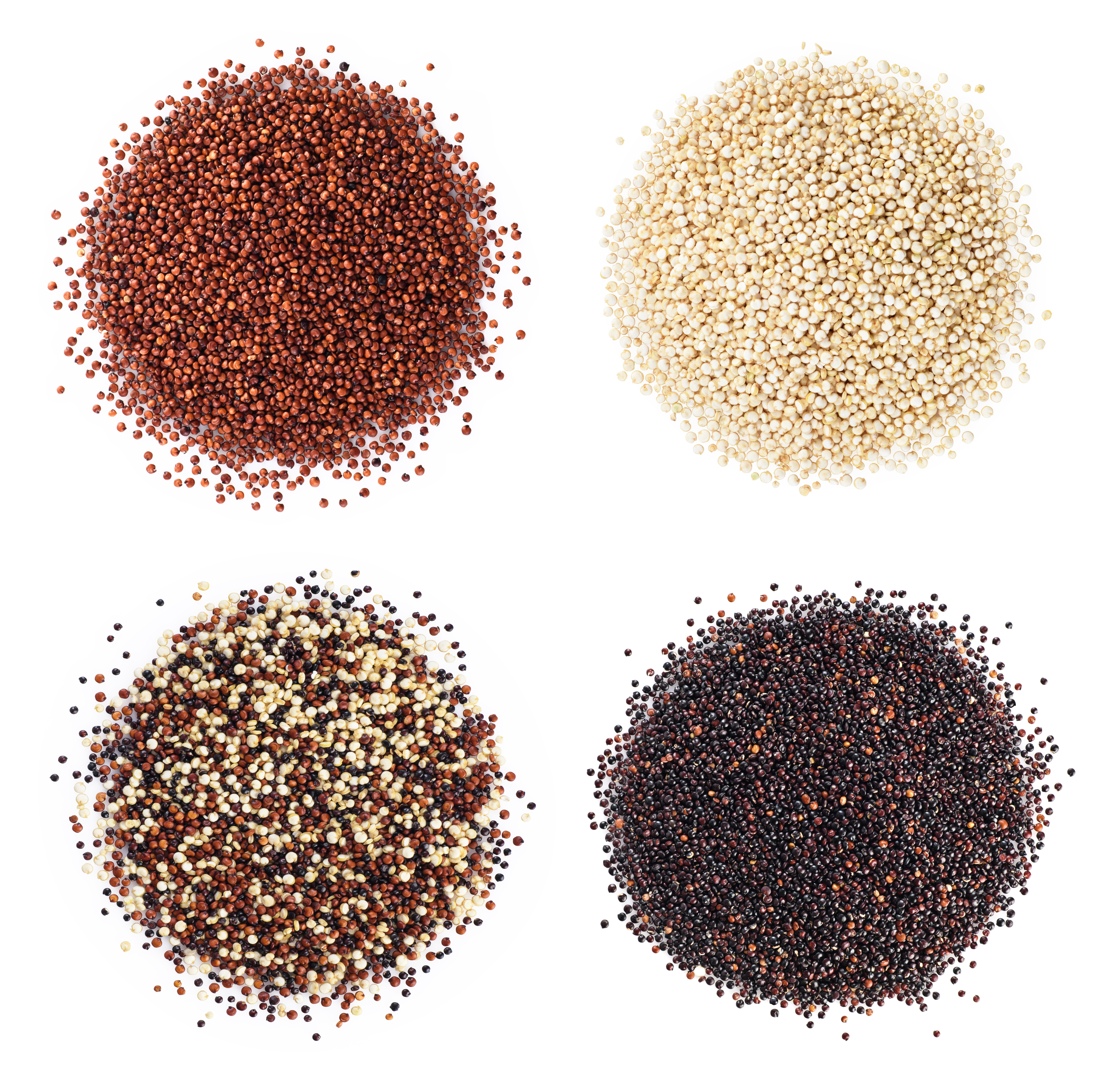
Qunioa Varieties 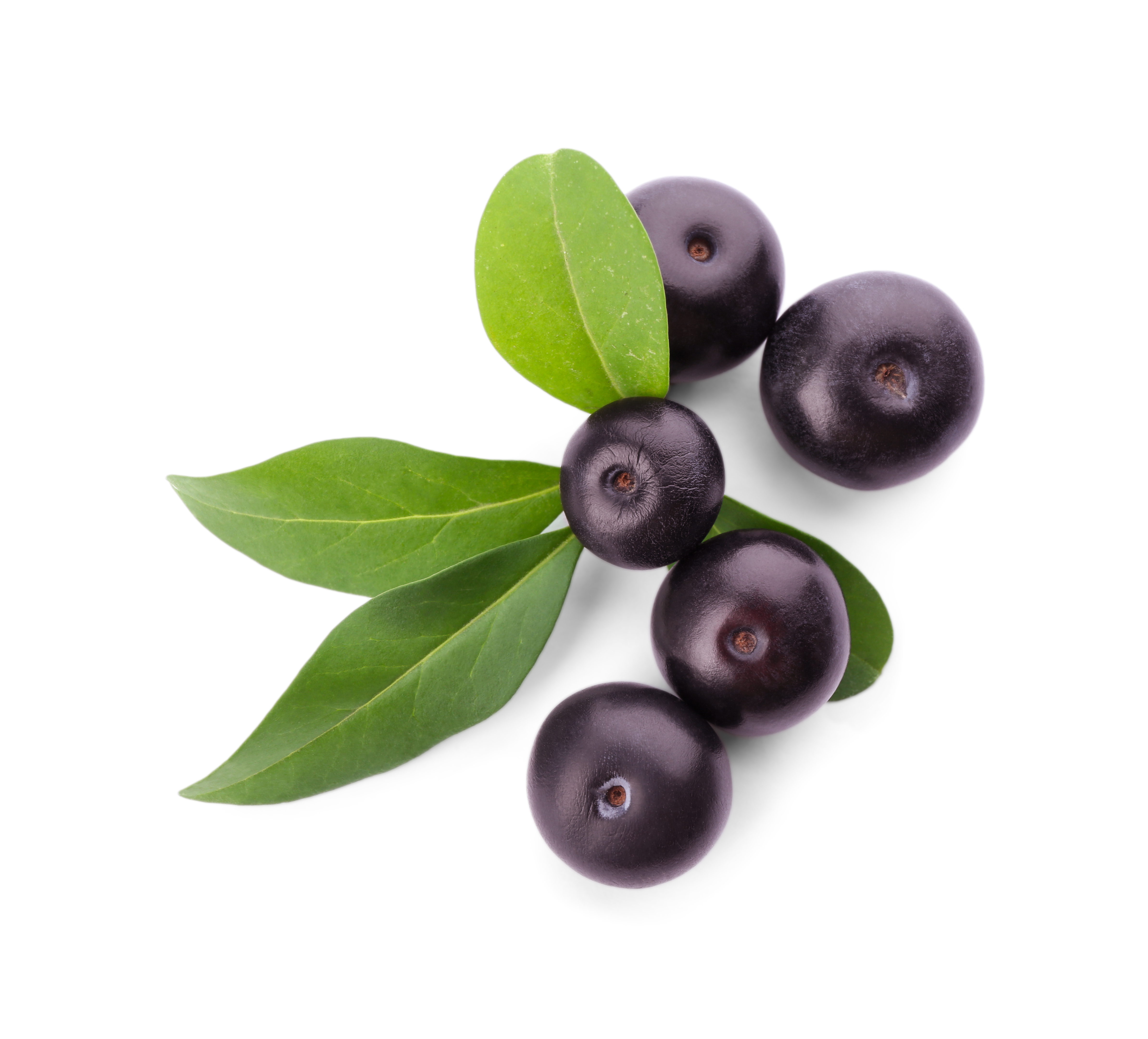
Acai Berries 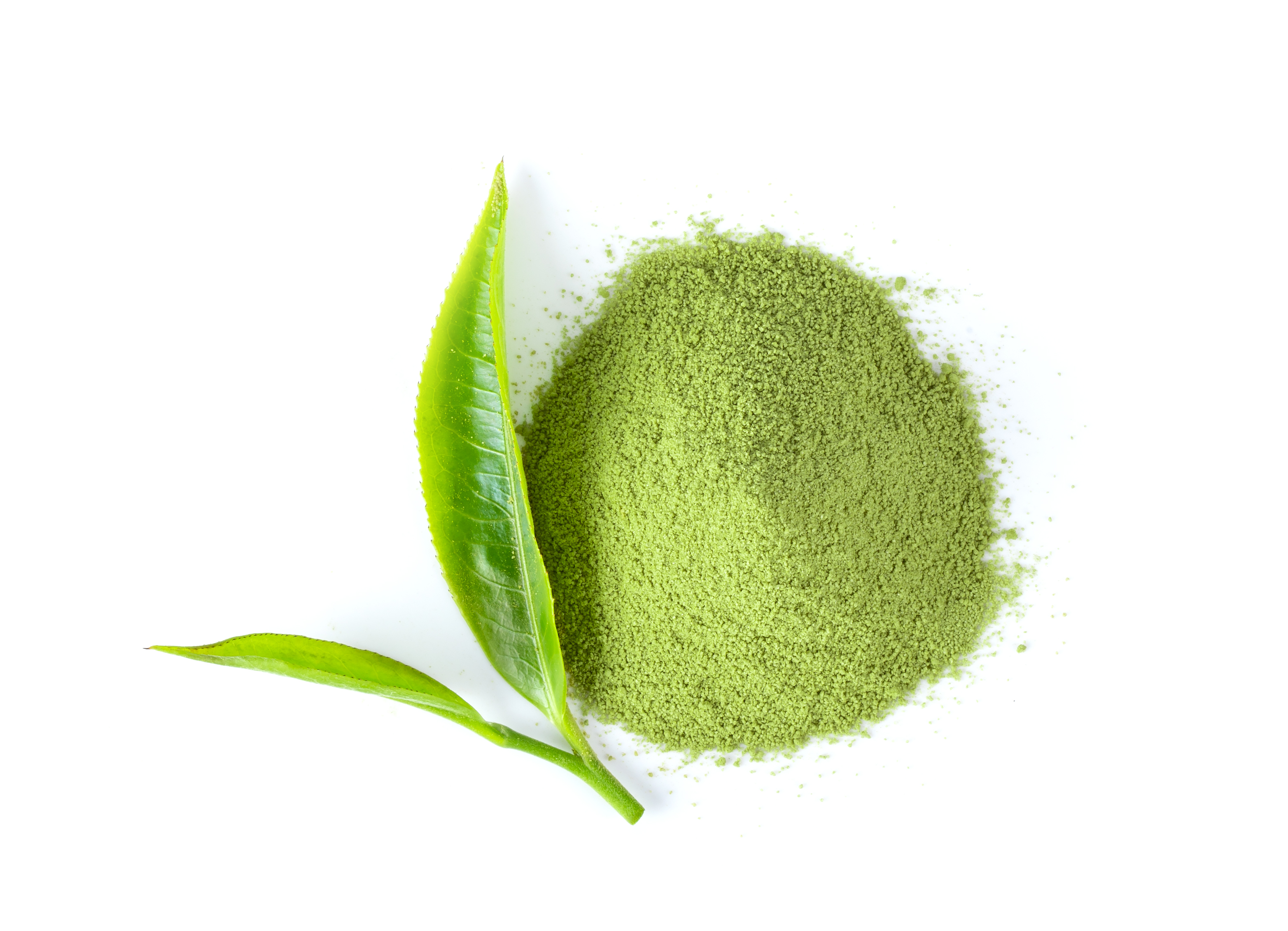
Matcha 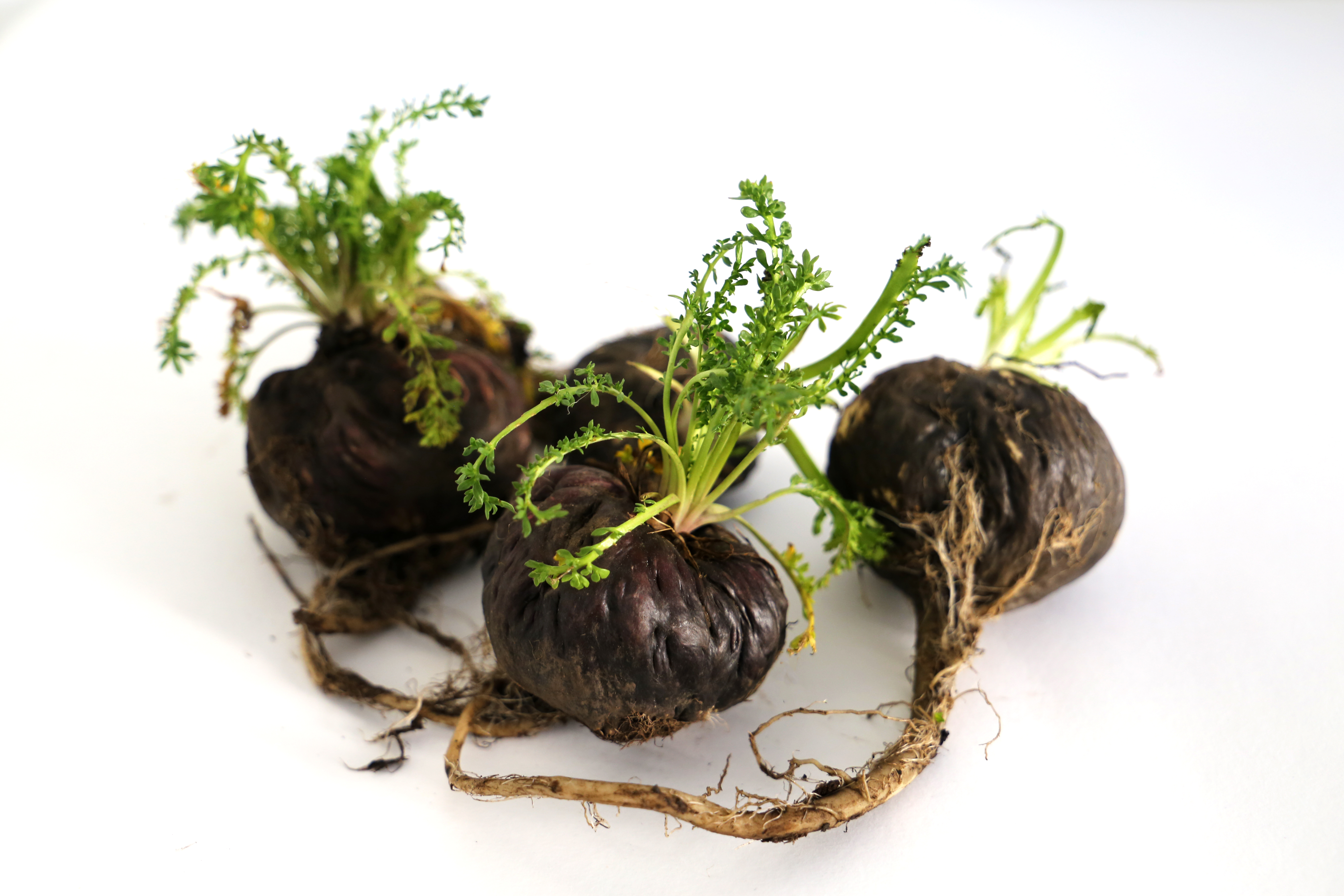
Maca Root 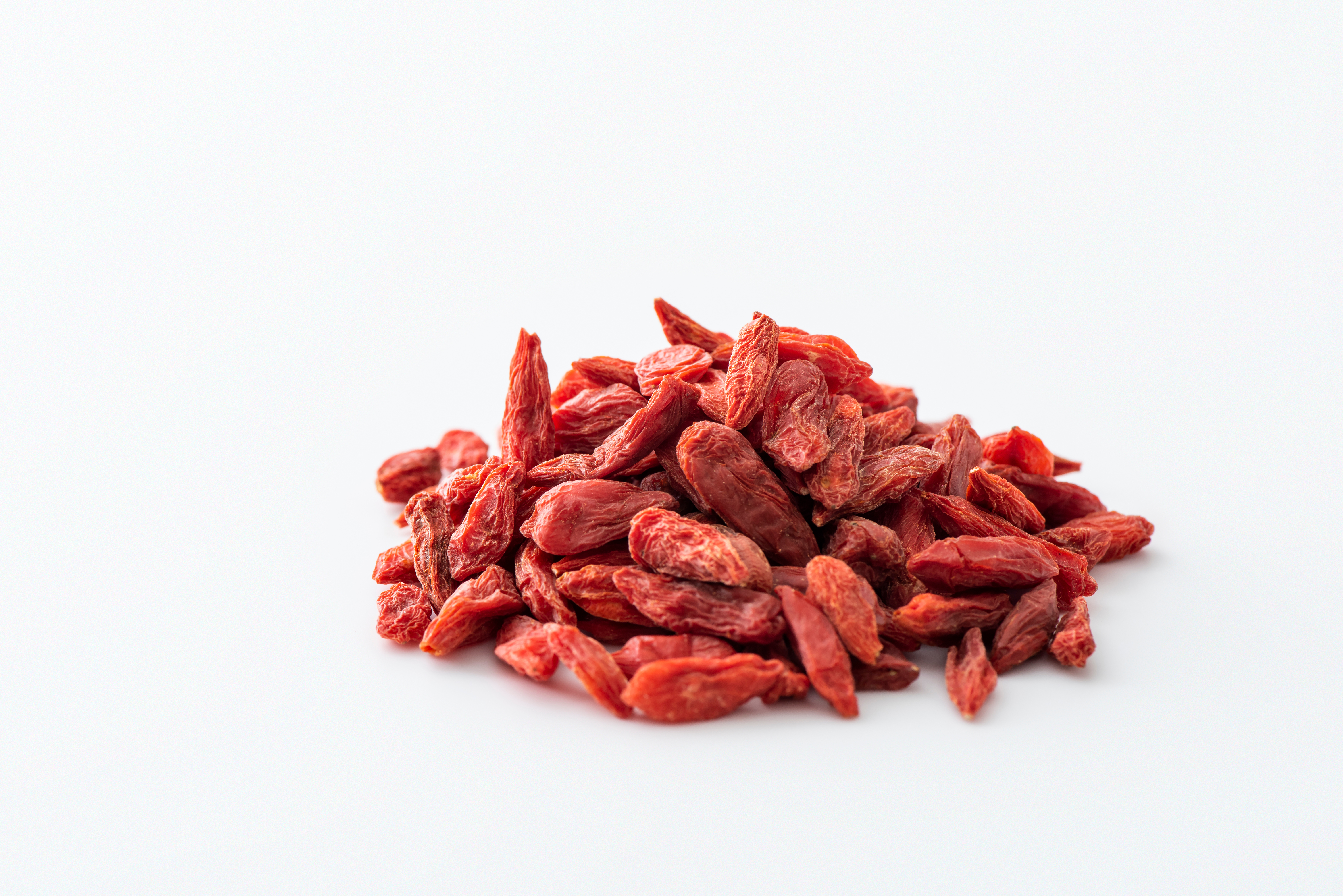
Goji Berries 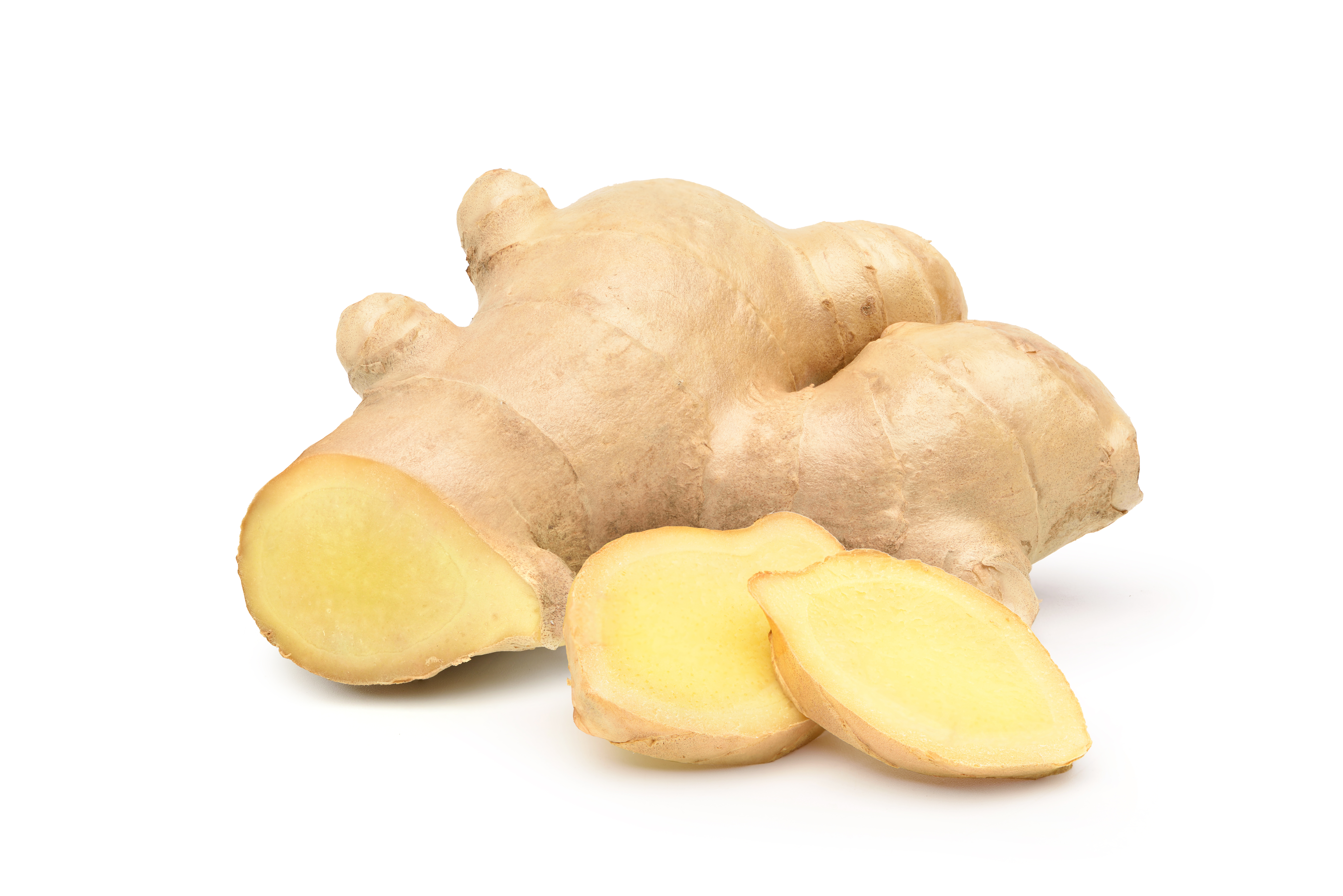
Gingerroot
- Kale – I remember during a snowstorm a few years ago, the headline for NYC was that there was a kale shortage. Can you imagine running out of Kale? It speaks to our deep love affair with this leafy green. This dark leafy green provides vitamins A and C (great for anti-aging!), vitamin K and calcium (helps with bone density as we age), fiber, and a bunch of other minerals. Its family members Spinach, Swiss Chard, Collard and Mustard Greens, Brussel Sprouts, Cabbage, and Broccoli. all have similar benefits. For these guys – buy organic. These leafy greens hold onto chemicals and pollutants which may have an adverse effect on your body in the long run. Spend the extra for organic and really invest in your health.
Prep tip: Kale needs to be a little “bruised” to be digestible. If you have it raw in a salad, massage it with a little oil to “soften” it up. I enjoy most of the greens in this category very lightly steamed. I find my body can digest them more easily. Awesome blended into a green smoothie! - Beans – These are good source of non-animal protein and they are packed little fiber powerhouses with soluble and insoluble fiber. I think of fiber like eating a bottlebrush. It fills you up and then scrubs you out on the way through. The minerals found in beans are largely lacking in our diet (at least in America) so it’s good to get them from a natural source.
Prep tip: If you can get used to a little prep time, buy your beans dry. You can soak them overnight and they are ready the next morning for any dish you need. I’m a big fan of bean soups in a bunch of different varieties. I also like them in salads to add fiber and protein. - Whole Grains/Quinoa – Generally my body doesn’t like whole grains very much they are great for you if your can tolerate them. They contain the husk of the seed which has a lot of nutrients in it. We lose those when the grain is processed into flour. Quinoa, though technically a seed and not grain is often annexed into this category.
Prep tip: Rinse your quinoa before you cook it. Some people cannot tolerate the coating on quinoa. Steel cut oats are a good texture swap for quinoa. I like a simple 1:2 (scant) ratio of quinoa to water. Quinoa is high in protein and amino acids used to support critical body functions. I prefer the red or mixed quinoa over the white or black varieties. - Nuts and Seeds – I’m allergic to nuts so I won’t profess a depth of expertise with them. However, nuts and seeds are a great source of fats (healthy) and minerals. They are calorie dense so you need to consider your intake. I’m a fan of sunflower seeds, pumpkin seeds and watermelon seeds for salad toppings.
- Salmon – High in omega-3 fatty acids which help reduce inflammation in your body. However, salmon like many fish can concentrate pollutants so you want to watch how much you eat. I enjoy the odd LITTLE piece of salmon but generally find it too rich for my taste. If you have a favorite salmon preparation, go ahead and share it in the comments section below. I promise to try it!
- Acai Berries – This category may be better labeled “Berries”. Certainly berries are wonderful sources of antioxidants and flavinoids that enrich our diet. According to several sources, the studies on acai don’t make it stand apart from blueberries, strawberries, cherries, etc. But, this doesn’t mean that acai is bad. It means that generally all berries are good for you. Acai is a bit of a hype so if you have better local berries available, go for it. Camu camu usually comes powdered and it’s another antioxidant rich berry powder like acai.
Prep tip: Acai berries are delicate and usually come in a frozen or powdered form. This great for a smoothie – but is a bunch of fresh or frozen blueberries. Blueberries add a great color and flavor to a superfood smoothie. - Matcha – This is a particular type of green tea where the leaves are used to make the tea (and not thrown out). It is a great alternative for coffee and is high in antioxidants (yay anti-aging!)
Prep tip: If you can’t tolerate the taste of a simple green tea, you can “hide” the taste of matcha nicely in a green smoothie. I’m personally a fan and swapped out coffee for match or black tea as my morning brew. - Maca Root – This is a root from South America that is nutrient dense with protein, vitamin c, copper, iron, manganese and some other minerals. It has 20 grams of carbs to one ounce of powder so it can sustain energy. Maca root may help libido, menopause symptoms, and brain function. It has a malty taste to it which I rather like.
Prep tip: Add the powder to a smoothie. It is particularly nice in a chocolate or cacao smoothie to make it like a healthy version of a chocolate malted milkshake. - Cacao – The chocolate seed. This crazy looking seed is not only the source of chocolate but it contains magnesium, calcium, zinc, copper, selenium, and a boatload of antioxidants. Sadly it’s not the over processed, fat-filled, sweetened version that Hershey’s sells. But it’s still lovely.
Prep tip: I like to add cacao nibs (little nuggets of cacao) into my chia seed pudding, overnight oatmeal, smoothies, yogurt. Yum! - Chia Seeds – These little black seeds are packed with fiber, protein, omega-3 fatty acids, calcium, manganese, magnesium, antioxidants, and a bunch of other good vitamins and minerals. If we are counting “super” as the number of things to volume of the items, then chia seeds give everything else a run for its money. Some people find them a little slimy – which they can be so you have to prepare them in a way that works for you.
Prep tip: I like to throw a tablespoon or two into a smoothie, but I also like them as chia seed pudding. Couldn’t be easier. Put chia seeds and your favorite milk-like product (i prefer coconut milk for this). Add in a little sweetener like honey or maple syrup, mix well, and put it it the fridge overnight. You will have a lovely thick pudding as a treat the next day! - Goji Berries – I’m mentioning these separately because they are often singled out as a superfood. They really fall into the general berry category. Rich in antioxidants which help with general health, immune system, anti-aging, anti-inflammation goji berries are a favorite among superfoods. They can be a little bitter at times but remind me of cranberries.
Prep tip: I like to use goji berries in chia pudding, on yogurt, in oatmeal, and in smoothies. - Avocados – Healthy fats, need I say more? Avocados can provide health fats for our system without clogging arteries. A quarter or half an avocado on a piece of whole grain or gluten free toast is a delicious way to start your day. I like to add siracha sesame seeds, everything bagel topping and some siracha sauce for good measure. Yum!
Prep tip: Cut the avocado in half and with your thumbs on the SKIN of the avocado where the pit it, pop it out of the flesh. It is so fast AND easy to release the pit. Mind blown! - Fermented Foods – This class of foods includes the ever popular kombucha (not my personal favorite), yogurt (live cultures yes please!), pickles (forever!), kimchi, etc. These have probiotics and good bacterias that help our gut health. If you like them, then feel happy knowing that you’re doing good things for your gut.
- Gingerroot – Everytime I get ready to close out this list, I think of others to add. I had to include this one before I put the blog to bed. Ginger has antioxidant and anti-inflammatory benefits which can help with a variety of issues. There are scientific studies about the benefits of ginger relative to nausea, osteoarthritis, lowering blood sugar (to help with diabetes, indigestion, menstrual pain, lowering cholesterol, brain function, and infections.
Obviously the list can go on and on, but these are the ones that have a regular place in my daily diet. As my yoga and superfood challenge coach Karen Dubs IG:@flexiblewarrior says – it’s really just “food”. Real food. That’s what makes a food – super.
If you want inspiration for getting more superfoods, you want to know more about the benefits, or you want to work with the world’s most amazing yoga instructor, please go check out Karen. She’s one of the most amazing human beings I’ve had the pleasure of knowing and she certainly inspired my dive into better understanding why superfoods are super.